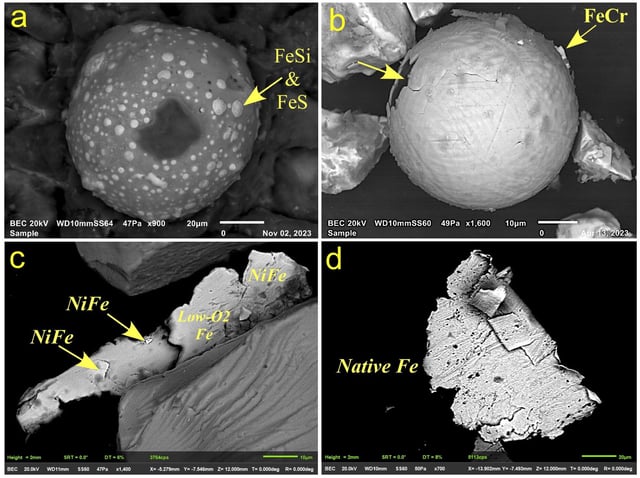Overview
- Analysis of four Baffin Bay sediment cores dated to about 12,800 years ago revealed metallic dust, iron-silica microspherules and nanoparticles enriched in platinum-group elements.
- This work represents the first identification of potential impact proxies in deep-sea sediments, broadening evidence beyond terrestrial records.
- Researchers stress that although the geochemical anomalies align with cometary material, they do not constitute definitive proof of an extraterrestrial impact.
- Radiocarbon dating combined with single-particle mass spectrometry confirmed that the anomalous layer coincides with the abrupt Younger Dryas cooling event.
- Teams plan to expand marine core sampling worldwide to evaluate whether a cometary event drove the global Younger Dryas climate shift.



